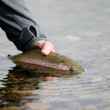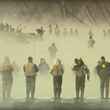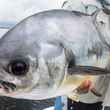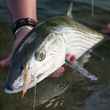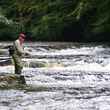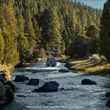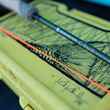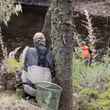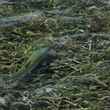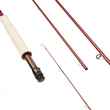Along with the two new rod families that Sage announced last week, the company also outed its new DOMAIN reel series which is designed specifically with two handed rods in mind. According to Sage, the DOMAIN series' full frame construction marries classic design concepts with modern technology to offer switch and spey anglers the best of both worlds.
The reels feature quality hallmarks found in many of Sage's reels, such as cold forged, fully machined 6061-T6 aerospace grade aluminum construction, hard anodization, a large spool capacity via its concave, large arbor spool, and Sage's "one-revolution" drag knob.



